Do it yourself - how to repair your gear
Got a tear in your jacket or backpack? Or did you fall and scratch the knees on the pants? Wonderful, that means you've been out on adventure! Damage happens, and even durable materials can break or be chafed. Here you will learn how to best repair clothes, boots and backpacks by yourself!
Clothes – the seamstress' best repair tips
Do not be afraid to try to fix your clothes on your own. "All attempts to repair are better than doing nothing at all," says our seamstress Karin, who has shared her expertise on how to do magic with needle and thread.
The most common damages to clothes are tears, different kinds of abrasions, and damages from when dog candy is left in the pockets… Usually these are things that can be repaired quite easily.
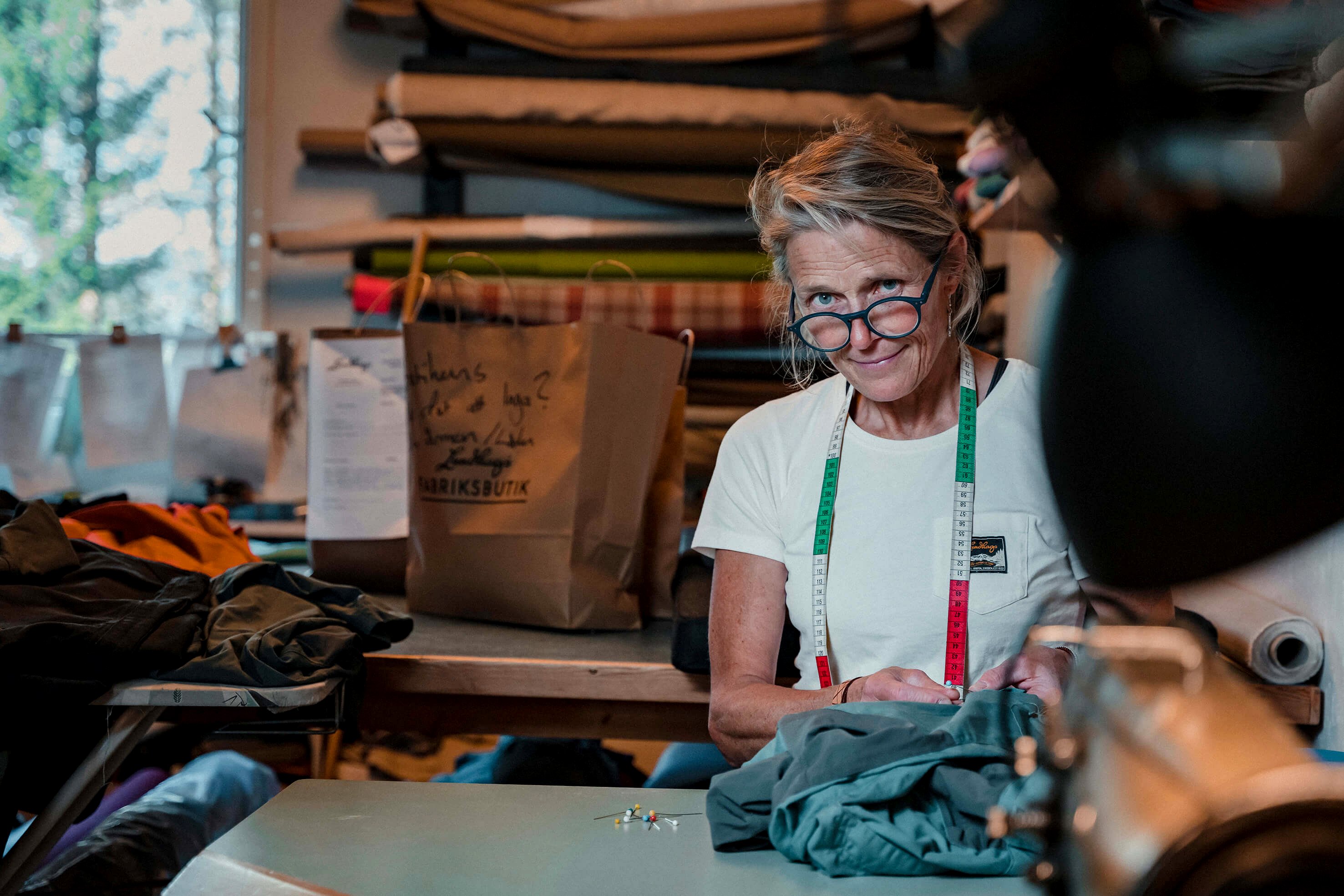
Good repair stuff to have at home: Sewing thread, needle, repair patches (there are both self-adhesive ones or those that you glue on), buttons, zippers, sewing machine.
Good repair stuff to bring on the trip: Needle, thread and smart repair patches.
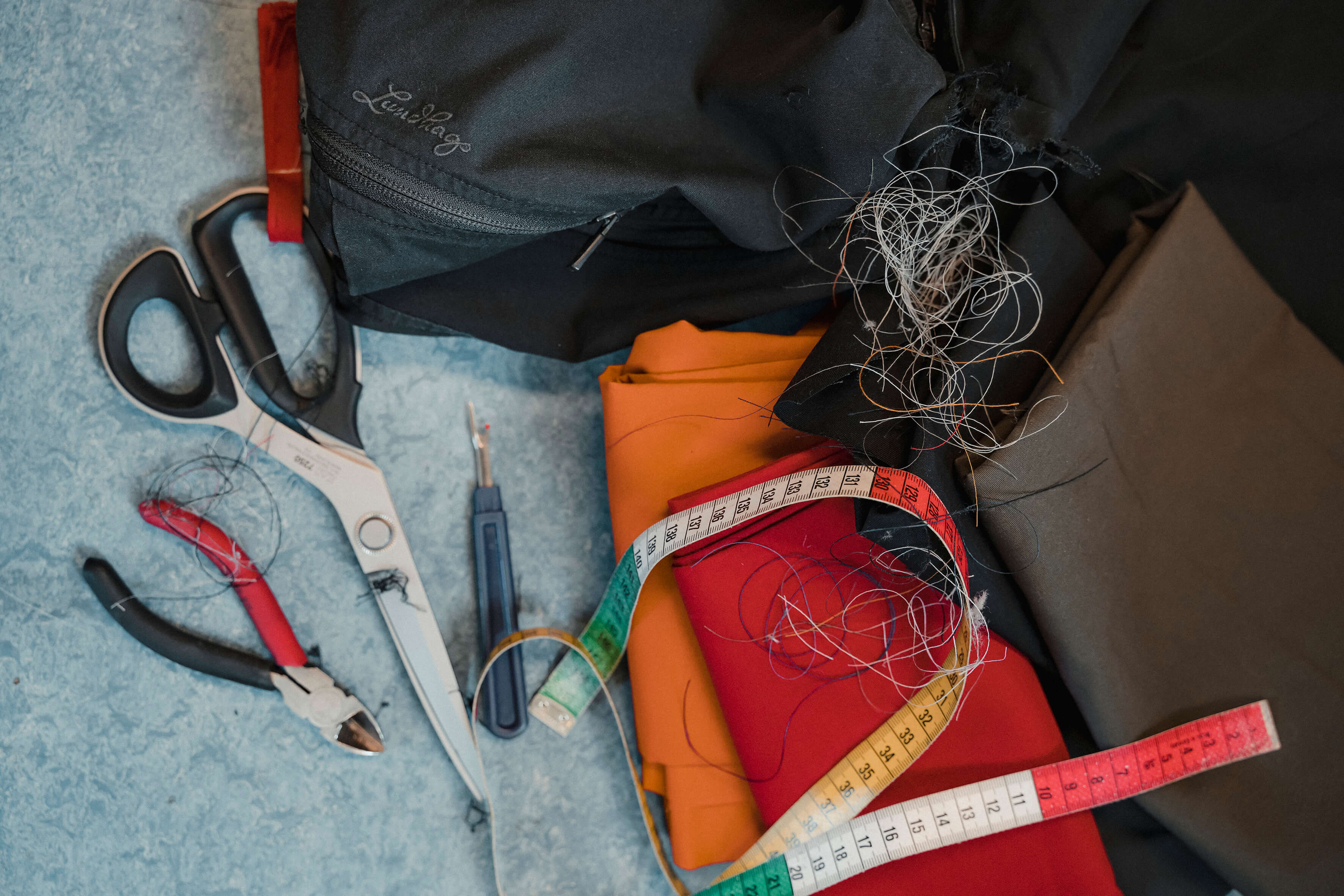
How to avoid damage to your clothes
- Think about how you move around a fire.
- Wear clothes the right way – trousers, for example, should not hang down in the crotch, if they do, they wear out and need to be repaired unnecessarily.
- Do not leave clothes with dog candy in the pockets.
- Choose the right size – clothes should not be too big, then they will have the wrong fit and wear out faster. They should also not be too small so that they fit snugly, then the seams may crack.
Here you can read more about our hiking clothes.

Boots – the shoemaker's expert tricks
Boots may not be quite as easy to fix as a tear in a jacket, but it's never wrong to try! Wear and tear is the most common damage, which is to be expected when you are out hiking in the wilderness in all weathers, all year around. But if you take care of your boots properly, you will avoid them being worn out unnecessarily. And there are a few things that are good to have should you try to fix them by yourself – here is our shoemaker Jonte’s best advice.
Good repair stuff to have at home: Contact adhesive (glue) and rubber (e.g. bicycle hose), rubber fix (to repair the cellular rubber), sandpaper (to roughen the surface to be glued). Strong thread and needle to fix the seams in the shaft, contact adhesive (glue), and leather to fix holes in the shaft.
Good repair stuff to bring on the trip: Same as the ones you have at home, but keep in mind that rubber fixes have a few hours of drying time.
How to avoid damage to your boots
Take care of them. It's really that simple. What you should keep in mind is to:
- Clean - make sure to remove dirt and stones after each turn.
- Lubricate - from time to time the boots need to be lubricated, if you do it regularly, they will be soft and comfortable, and will also withstand water and dirt better.
- Dry – always remove the soles, so that everything dries properly.
- NEVER dry the boots too hot (eg by the fire), then the cellular rubber may shrink!
A more detailed guide on how to care for your boots can be found here.
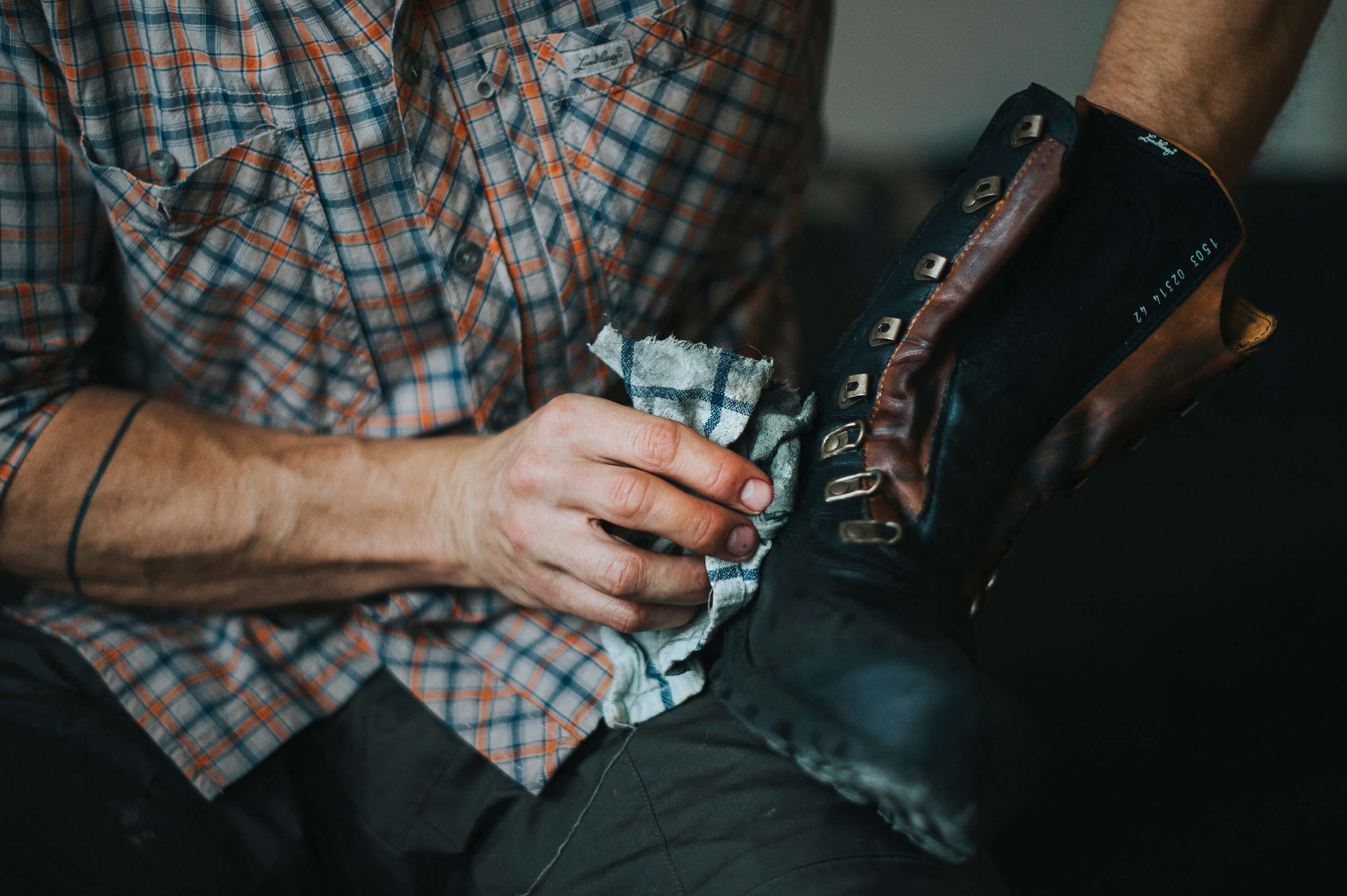
What is most important when choosing your boots?
"Choose the ones that fit the best – that have the right size and width. That is what it is all about. And it is important that you choose a boot that is designed for the purposes of which you will use them. I also think it is smart to go to someone who knows a lot about the boots they are selling, someone who is well-read.”
Backpacks – the designer's dos and don'ts
There are many things we expect from a backpack: it should be able to handle heavy and sometimes inconvenient loads, it should have many smart pockets and compartments, it should be comfortable, and it should last a long time. In short: our backpack designer Håkan Nyström has a lot to think about, and to take into account in his work. Here is his advice on how to keep your backpack for as many adventures as possible!
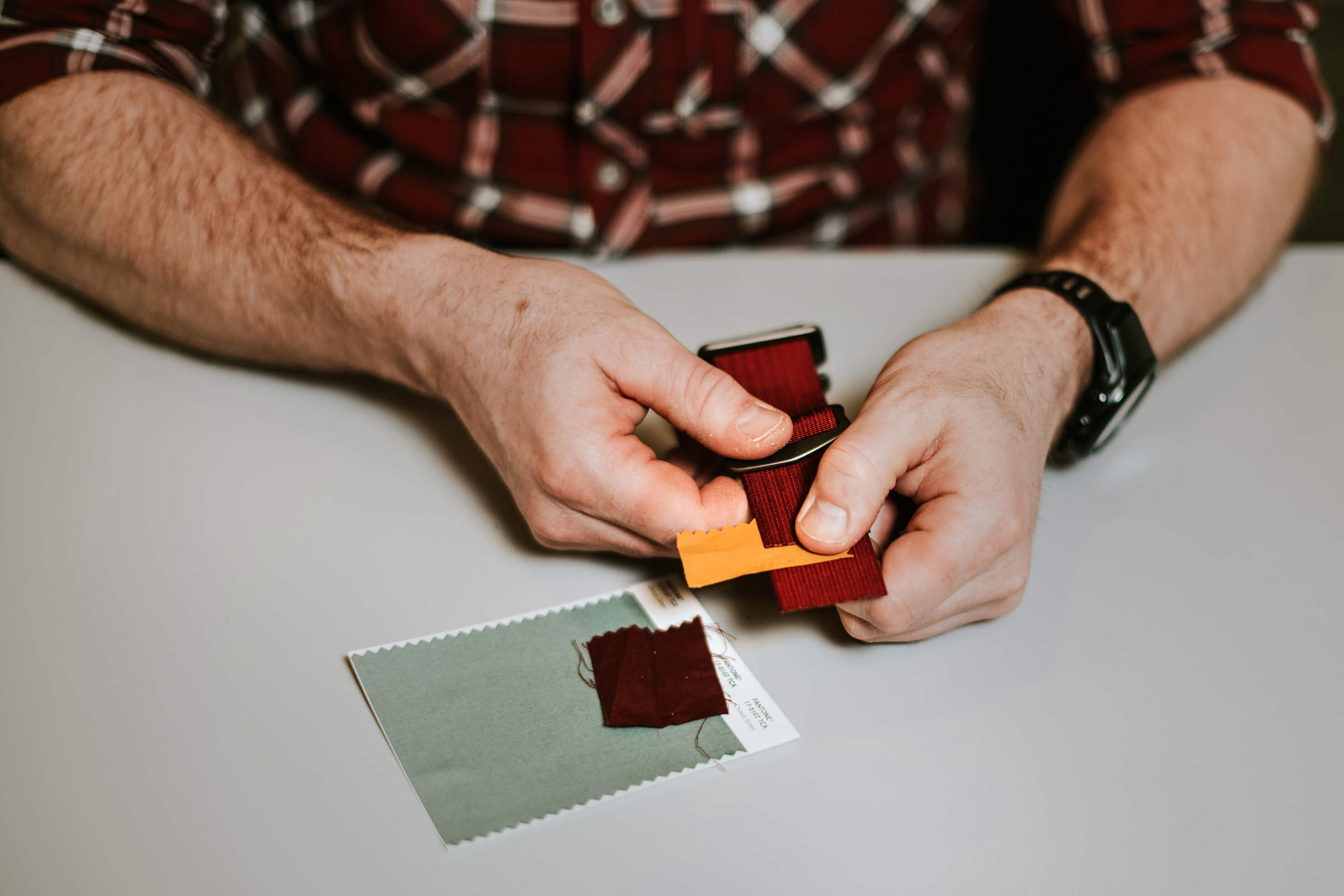
Good repair stuff to have at home: “Needle, thread and a suitable repair patch go a long way. Sewing machine if you have one, otherwise go to a shoemaker with knowledge & good machines.”
Good repair stuff to bring on the trip: An extra compression strap, a pair of larger and sturdy safety pins, and a good tape that attaches to the current material.
How to avoid damage to your backpack
The most common damages to backpacks are undersized zippers and buckles that break in the car door or during the trip. And occasional seams, but the fabric itself rarely breaks. What you can do to protect your backpack from injury is to:
- Keep it away from car doors.
- Do not fill the zipped spaces to the limit – rather buy a backpack that is too big than one that is too small.
- Review weaknesses such as zippers. A powerful zipper basically lasts twice as long.
- Choosing a solid backpack – well-thought-out material choices and reinforcements make the product more durable.
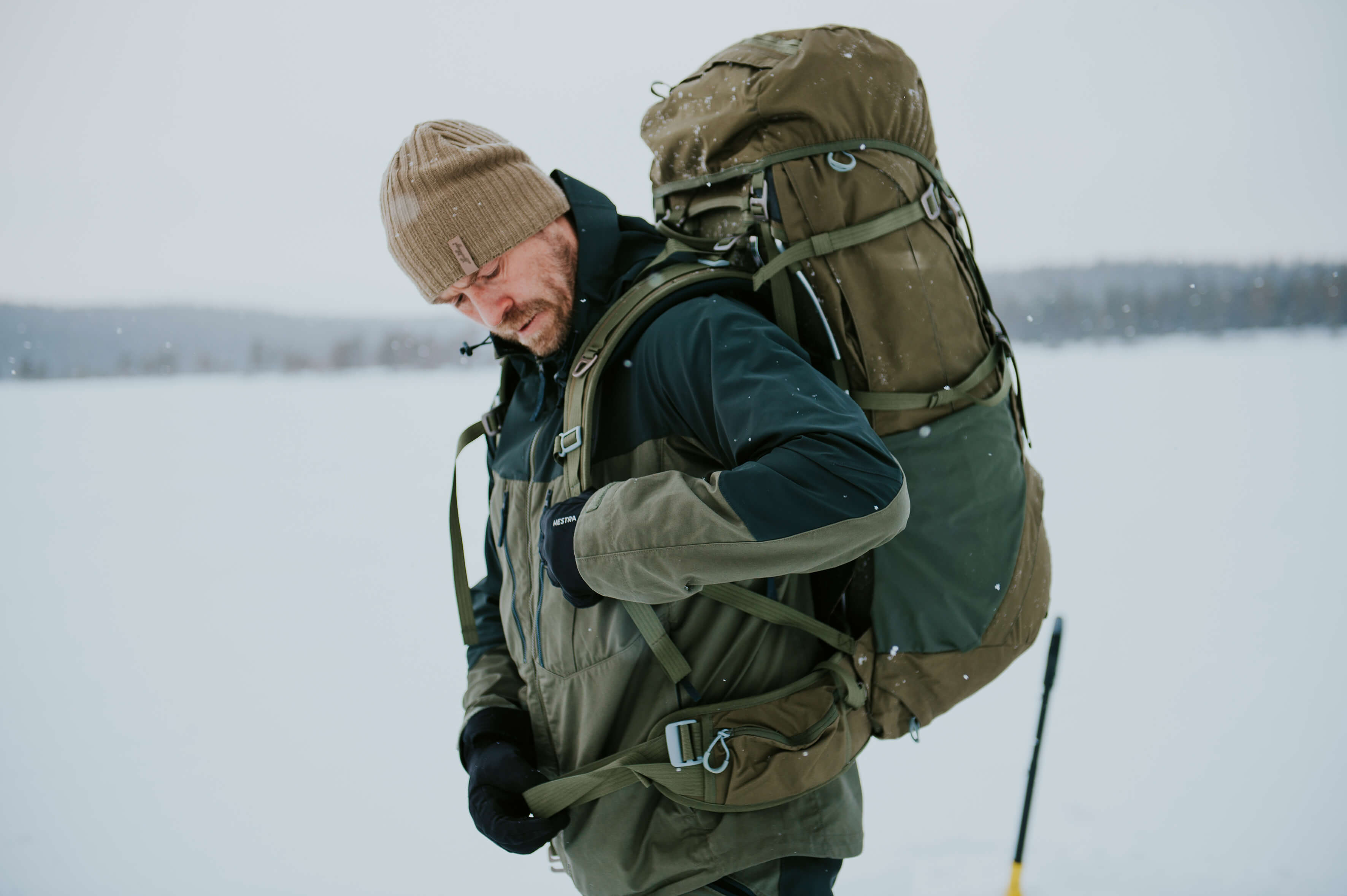
Things to keep in mind when repairing your backpack
Håkan does not think that there are any taboos when it comes to repairing your backpack, but encourages you to always try and focus on the practical: “Always exaggerate the repair a little bit, that way it lasts better." In short – durability is more important than a "beautiful" repair!
More about our backpacks can be found here.

